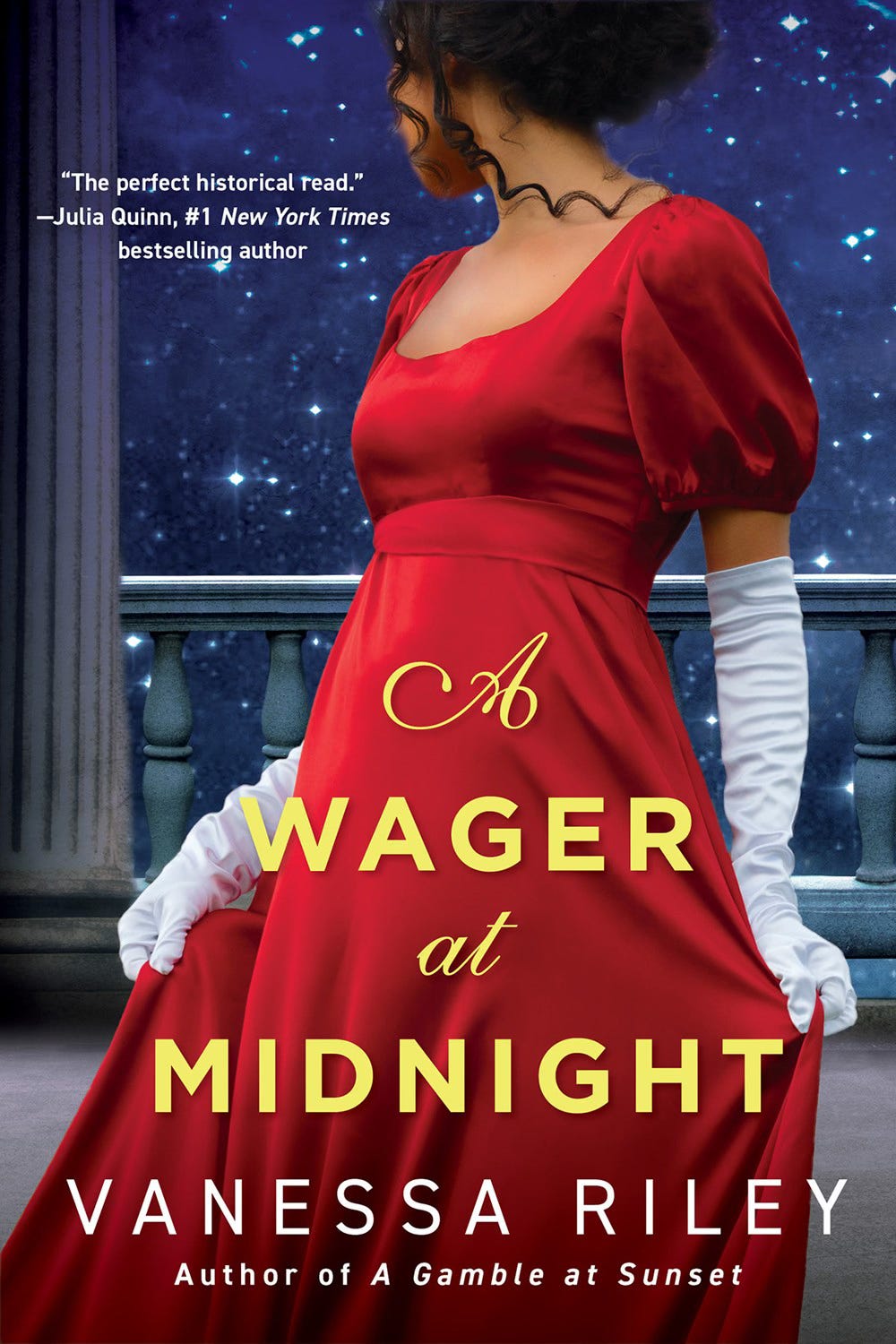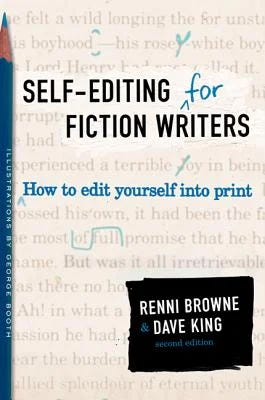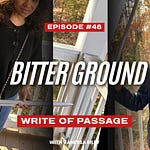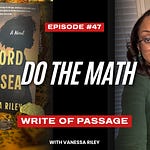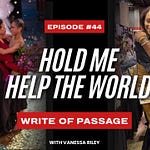The Sensitivity of Sensitivity Reads
One of my first essays on Substack, when I was testing out what I wanted to do, was about my editing process. Before I began podcasting, I was exploring my platform and had just gone through a brutal but necessary copyedit, and I wanted to talk about the lessons learned.
Write now in the ethos of publishing is a bit of a scandal about a writer when given feedback about an offensive bit of dialog in their novel, decided to keep it in to show the main character as “flawed.” Yes, racism is a flaw. Expressions of racism in a main character, a romantic hero is a flaw. I really do like my romance novels, well all novels without a side of microaggressions.
Some people argue that everyone is too sensitive or "too woke." Others seem to long for a time when publishing was less scrutinized, less inclusive. You know, when inflammatory content could be published without consequence. Some long for the so-called "good old days" when most books catered to a dominant perspective reinforcing loud stereotypes, atmospheric patriarchal notions, or subtle supremacy.
Words are powerful. They can expand imaginations and help build better societies. When an author is not sensitive to the needs of others, that author will be found arguing with reviewers on social media, making faux apology videos, and getting publishers in trouble. If the scandal arising from publishing microaggressions, stereotypes, cultural appropriations, or racist and ableist sentiments is big enough, that author may face bans or delays in publication. If they have a fan base, they’ll be alright. I just don’t think it’s not worth it. No insensitive hill is worth dying on.
I’m 27 books into this process—twenty-five published, with number 26, A Wager at Midnight, set to release March 25. I value opinions, especially those different from mine or from perspectives and backgrounds unlike my own. I actually get nervous when an editor gives little to no feedback—I want it all. Iron sharpens iron. Critiques are how writers improve.
So let me pull back the curtain and share my process and how edits and sensitivity fit in the writing process.
First, I write the worst draft in the world. ➡ Revise ➡ Then Revise Some More ➡ Developmental Edits ➡ More Revision ➡ Sensitivity Review ➡ Copyediting ➡ Proofreading ➡ (And Pray—throughout!)
Worst Draft in the World
Every writer has to know how they write. I know my first draft needs to be between 25-30% of the final book’s word count. Any more than that and I’ll overwrite the book when I revise. That first draft is naked. I spend time, revising adding mood, colors, setting, historical touches, and emotional depth. I usually revise the awful-no-one-will-ever-see-it draft three times before going to the next stage.
Developmental Edits
Developmental editing tackles the big-picture elements: story structure, pacing, plot, character arcs, and themes. This stage addresses questions like: Does the story flow logically? Are the characters well-developed? Are there plot holes or inconsistencies? What’s the message? What’s the theme?
For every book I write, I hire a freelance editor. My Felicia gets the manuscript before my acquiring editor. Why? I want to turn in the best possible version of this book. So that editor won’t have to spend time plugging plot holes, catching redundancies, etc. One time, Felicia caught when I’ve changed character names mid-story. She knows me—and more importantly, she knows what I’m capable of delivering. I can confidently hit send to my acquiring editor knowing the manuscript is good. My editor gets it, and with their input, we can make a great book.
Back to Revisions
Back in my hot hands with my editor’s notes, it’s time to revise the manuscript again. This is my chance to refine it. I will rewrite sections and cut stuff. I’m rarely asked to expand—such is the happenstance of being a wordy, word-loving author. But I’m brutal at this stage. No word, storyline, or character is safe. I will cut. I will cut with abandon. In my next historical fiction coming January 2026, I cut 55,000 words. Let me say that again. Fifty-five thousand. Yes, it sucked. It hurt. It’s not like I can just put these words into another book but it was the best call. The book is better for. I believe in my editor’s feedback. I’ll do what’s necessary to send readers the best book.
At this point we’re in good shape. Let’s get back to being sensitivity.
The Sensitivity Touch
Sensitivity readers are supposed to review the manuscript to ensure your beautiful words doesn’t offend, get you sued, or put you on a watch list. Every one of my historical fictions—Island Queen, Sister Mother Warrior, Queen of Exiles-- has been subjected to sensitivity reviews. My editor, publisher, and I want to make sure these books are accurate and respectfully represent cultures, identities, and historical events.
It's a crucial step. It can’t be overlooked when tackling diverse characters or sensitive topics. Look, I am Black. I’m of Caribbean descent. Dad was Trini and Ma was Southern Baptist Black. I don’t get a pass to say I can automatically write about Haitian or Jamaican cultures. I do meticulous research about the most minute details, because I take my responsibility very seriously to represent these cultures and ancient peoples with respect. But I’m not perfect. I want the help. I need someone to kick my manuscript and put it through the emotional-cultural wringer before I get lit on fire by putting something out that’s wrong or, worse, offensive.
Sensitivity readers provide essential notes on areas that may inadvertently cause harm or perpetuate stereotypes. Writers, we are not supposed to do harm. Stories have power. They have a life and energy of their own. Authenticity and inclusivity elevate your writing. Don’t you want positive impact?
Copyediting and Proofreading
We’re not done. Copyediting and proofreading take our writing to the finish line. Copyediting hones in on the finer details and examines grammar, punctuation, sentence structure, consistency, and clarity. The previous edits have messed with the story a lot. A copyeditor should identify errors and flag inconsistencies. A good copyeditor will highlight blocking (the entering and exiting of characters from a scene) repetitive words or phrases—those dreaded echoes! A great copyeditor will teach you something. I recently learned that “hubris” wasn’t used until the mid-19th century—a fascinating tidbit for a proud historical fiction writer trying to write a 17th century novel.
Proofreading
A proofreader does a final pass before publication. They catch lingering typos, formatting issues, and minor errors that slipped through earlier stages. Even the most seasoned author can’t catch every mistake, not on their own. Proofreading ensures your book meets top quality standards.
My Mantra for Edits
All the hard work in crafting a story means nothing if you neglect editing or decide on a whim to leaving in something “flawed” for kicks. Welcome to my Ted talk:
Absorb the critique: It’s not an attack—it’s insight. Sensitivity edits aren’t judgments on you, but your characters. Listen to the wisdom.
Weigh the Critique: There’s a difference between personal preference and a flashing red light—know which you’re dealing with.
Have Your Sources Ready: Have your references handy to support accuracy. Include them in your author’s note. Someone is bound to have the question. (PSA: Always add an author’s note.)
Query, Don’t Assume: Never make a decision to revise—or not—based on assumptions. Challenge both your own and your editor’s perspectives. Make sure neither is rooted in a colonizer’s lens—unless you’re literally writing about Christopher Columbus. (Example: A copyeditor once tried to tell me the Khoe people were incorrectly addressed. That I shouldn’t call them by that name or “Khoesans” because it was created in 1928. The Khoe have existed since 2300 BC. My book was set in 1675. I think Khoe is good. Source documents are in the author’s note.
Question Dialogue and POV: Read the editors notes. Sometimes they are right about things sounding “too formal or stilted.” Read actual correspondence from the period. It will surprise you about how informal things can be. Make sure you read James by Percival Everett or Lady Tan’s Circle of Women by Lisa See, two masterful uses of dialog entwined to tell ancient stories for the modern audience.
Be Humble: Negative feedback stings, but it’s a tool for growth. Questions and queries are opportunities to clarify, refine, and strengthen your work.
Avoid Harm: Represent cultures with authenticity and respect. Sensitivity edits help you sidestep pitfalls that could undermine your credibility.
If someone flags an issue, fix it: Even if you don’t see it as a problem, take it seriously. If one reader finds something harmful or offensive, chances are others will too. If you are dealing with fictional characters, you can change stuff. If real people are jerks, that’s harder—see A People’s History of the United States” by Howard Zinn to learn or debunk ideas about the horrid exploits of Christopher Columbus. I don’t believe in whitewashing or hiding the truth. Dismissing concerns as "not a big deal" is a failure. It is a big deal. Rise to the moment.
Editing is an investment—not just for your benefit but for your readers. Every stage—developmental edits, revisions, sensitivity reviews, copyediting, and proofreading—are needed to make your novel the best it can be. Your story, your readers, and your publisher deserve that effort. Don’t be defensive. Do the right thing.
Show Notes:
This week we are linking to FoxTale’s Bookshop through Bookshop.org.
Books by Vanessa Riley:
Riley, V. (Year). A Wager at Midnight. [Publisher].
Riley, V. (2021). Island Queen. William Morrow.
Riley, V. (2022). Sister Mother Warrior. William Morrow.
Riley, V. (2023). Queen of Exiles. William Morrow.
Other Fiction & Nonfiction Books:
Everett, P. (2024). James. Doubleday.
See, L. (2023). Lady Tan’s Circle of Women. Scribner.
Zinn, H. (1980). A People’s History of the United States. Harper & Row.
(Bonus) Writing & Editing Book:
Browne, R., & King, D. (2004). Self-editing for Fiction Writers: How to Edit Yourself into Print (2nd ed.). William Morrow.




